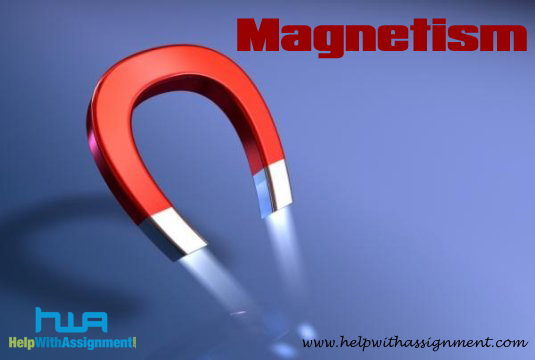- Home
- About Us
- Services
- Online Assignment Help
- Auditing Assignment Help Service
- Nursing Assignment Help
- Excel Assignment Help
- Advanced Economics Homework Help
- XML Assignment Help
- Strategic Management Assignment Help
- Logarithm Assignment Help
- Probability Assignment Help
- Matrices Assignment Help
- Commercial Bank Management
- Thesis Proposal Help
- Corporate Strategy
- Electrical Engineering
- Civil engineering
- Mechanical Engineering
- Electronics Engineering
- Financial Plan Development
- Research Paper
- Political Science Assignment Help
- Operations Management Assignment Help
- Computer Vision Assignment Help
- Commercial Bank Management
- IT Security Assignment Help
- College Essay Help
- Term Paper Help
- Medical Science Assignment Help
- Nursing Thesis Writing Help
- Religion
- Thesis Help
- Supply Chain Management Assignment Help
- Australia Assignment Help
- Cause and Effect Essay
- International Finance Assignment Help
- Statistics Assignment Help
- Computer Science
- Information Technology
- Bioinformatics Assignment Help
- Biostatistics Assignment Help
- Excel Assignment Help
- Taxation
- Research Proposal Help
- SAASU Assignment Help
- Auditing Assignment Help Service
- Workplace Learning in Finance
- Dissertation & Homework Help
- Custom Essay Writing Help
- Online Assignment Help
- Reviews
- Tutors

Magnetism
A magnet is an object that produces a magnetic field. This magnetic field is responsible for attracting ferromagnetic materials such as iron and attracts or repels other magnets.
Magnets are of two types:
Natural Magnets and Artificial Magnets
- Natural Magnets are those magnets which are naturally found in mines. Due to their odd shape and weak attracting power, natural magnets are rarely used.
- Artificial Magnets are those magnets which are artificially prepared. These magnets exist in various shapes and sizes like a bar magnet, horse-shoe magnet or a magnetic needle.
The places in a magnet where its attracting power is maximum are called poles and the place where the attracting power is minimum is called neutral region. The distance between the poles along the axis of a magnet is called its effective or magnetic length. The line joining the two poles of magnet is called magnetic axis and the vertical plane passing through the axis of a freely suspended or pivoted magnet is called magnetic meridian.
Pole Strength: the strength of a magnetic pole to attract magnetic materials towards it is known as pole strength.
Pole Strength = Magnetic force / Magnetic Induction
Greater the number of unit poles in a magnetic pole, greater will be its strength. The unit of pole strength is ampere-meter. A pole of a magnet attracts the opposite pole while repels the similar. However, a sure test of polarity is repulsion and not attraction, as attraction can take place between opposite poles or a pole and a piece of unmagnetized magnetic material due to ‘induction effect’.
At the poles of the magnet the magnetic field is stronger because the lines of force there are crowded together and away from poles the magnetic field is weak. Therefore, the magnetic field intensity is proportional to the number of lines of force.
Magnetic field: The space around a magnet in which a net force acts on a magnetic test pole is known as magnetic field or the space around a magnet in which a torque acts on a magnetic needle is known as a magnetic field.
Magnetic Flux: The number of magnetic lines of forces passing through unit normal area is defined as magnetic induction whereas the number of lines of force passing through any area is known as magnetic flux.
Properties of Magnets:
- If a magnet is dipped into iron fillings, the fillings cling to it, maximum at the ends and least in the middle.
- The regions at the ends of the magnet, where the attraction of the iron filings is maximum and hence the magnetism is maximum are called poles.
- A bar magnet freely suspended through its center of gravity always stays in the north-south direction.
- The end of the magnet pointing to geographic north is called ‘North Pole’ and the end pointing south is called ‘South Pole’.
- Like poles repel each other and unlike poles attract each other.
- A magnet induces magnetism in magnetic materials such as in a piece of iron and steel.
- An isolated magnetic pole does not exist, they always come in pairs.
- A magnet can loose its magnetic properties by beating, mechanical jerks, heating and with lapse of time.
- The pole strength of a magnet’s two poles is same.
We deliver a well-researched academic paper tailored to your specifications at a fair price while ensuring timely delivery. Our service is known for providing top-scoring, plagiarism-free research papers. Additionally, we offer unlimited revisions and 24/7 customer support as part of our commitment to quality.
So, don’t hesitate—place your order today and receive expert academic assistance instantly!
For more details you can visit our website at https://www.helpwithassignment.com/physics-assignment-help and http://www.helpwiththesis.com





